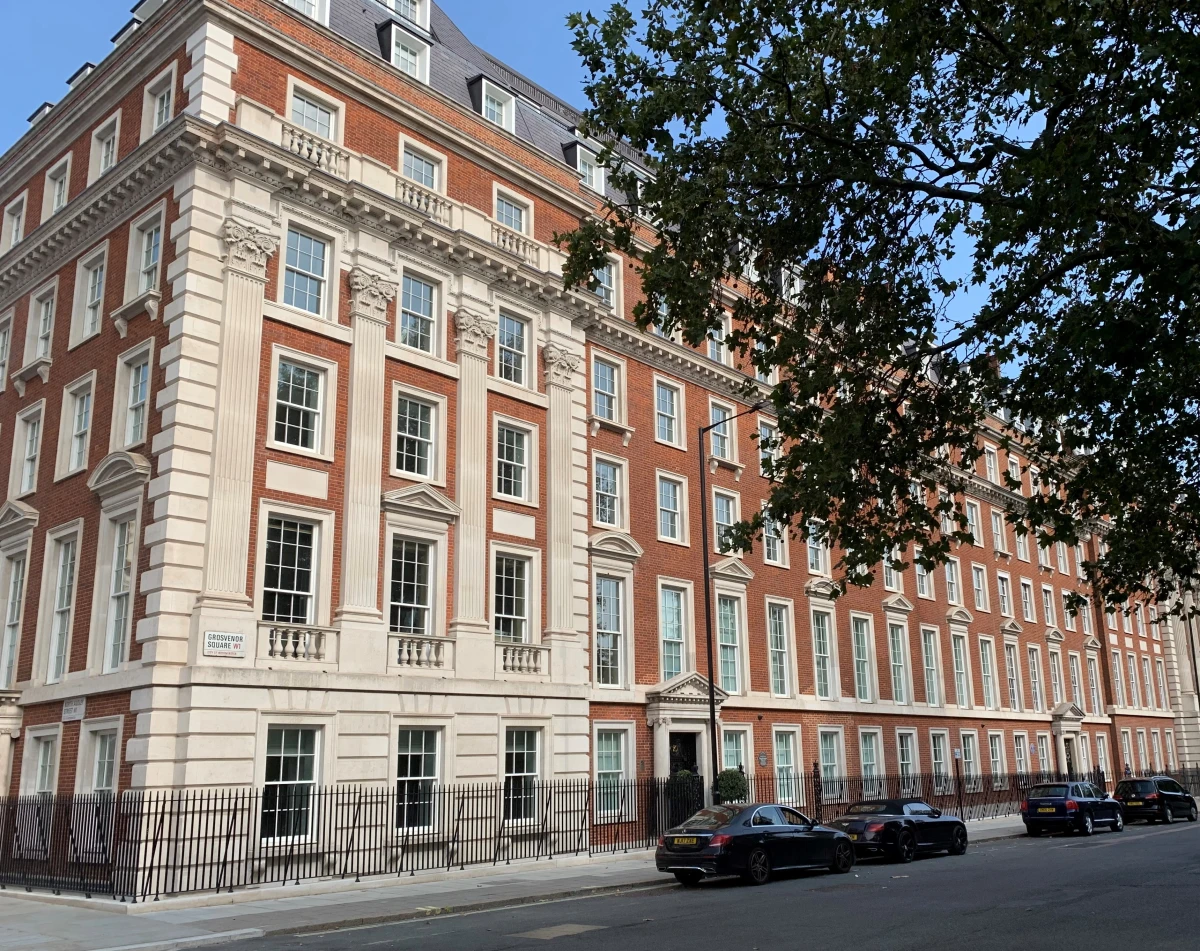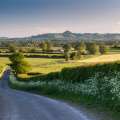London has long cultural, political and historical ties with its cousins across the Atlantic, the Americans. Most Americans have a fascination for Britain and London in particular, which they consider as a preferred destination for their first overseas travel. London does indeed have a lot to offer visitors to the city.
It is a tourist haven that attracts millions of tourists every year and has a wide variety of accommodation to choose from. From its iconic luxury hotels to budget accommodation in London has plenty of options to stay at. One of the most popular landmarks that have a strong link with Americans in the city is Grosvenor Square.
It is just a short distance from Park Grand London Lancaster Gate Hotel less than 2 miles, perfect for a gingerly afternoon stroll. It is located in the exclusive district of Mayfair and is the largest square in the area. It first developed its links with the Americans in the early 18th century, when the first American ambassador decided to stay there. The area has been referred to in numerous literary, cultural and movie projects. Its history dates back to 1721, when it was considered to be out of the swankiest locations to stay in, with several members of the aristocracy having homes there. Most of these stately homes were rebuilt during the 18th and 19th centuries, with number 23 considered to be out of the most prominent homes. It belonged to the 11th earl of Derby and thought to be the finest of its type in those times.
The area was part of the Grosvenor Estate that was owned by the wealthy Grosvenor family. The area was redeveloped by them into an affluent neighbourhood with Grosvenor Square being created in 1720, as its focal point. Later in 1725, architect John Alston submitted a design for an oval-shaped garden that was to be built in the centre. The layout was similar to the design that was proposed earlier by Thomas Fairchild, who was an ardent supporter of rural, wilderness-like gardens.

It was named the Garden Oval and featured lawns and low hedges with numerous dwarf trees. Its centrepiece was an equestrian statue of King George I, the first of its kind in London. The place was protected by railings and only key holders could access it. They also were responsible to pay for its upkeep and maintenance. It is also referred to as ‘Little America’ because of its historical ties with America. The second President of America John Adams stayed at 9, Grosvenor Square from 1785 to 1788, in the period as ambassador to the United Kingdom. In WWII it was decided to remove the railing and once the war got over it allowed public access. The vegetation also underwent change with large Linden trees replacing the shrubs and dwarf trees. During the war it served as the American military headquarters that was located in the square with also the American Embassy being located in the area till 2008.
Later in 1960 the American embassy shifted into a modern building that was designed by Eero Saarinen a Finnish architect and is to the west Grosvenor Square. It is like a fortress, with the street between the embassy and the square cordoned off. The building has been included in the Grade II Listed Status of heritage buildings. However, the embassy will move to a new location in Battersea, in 2017. The Square has a number of memorials and statues that celebrate the strong bonds between Britain and America. The first statue to be set up here was to commemorate the memory of President Franklin Roosevelt and was unveiled in 1948. It was sculpted by William Reid Dick and was dedicated to the public in 1948, with King George VI and Eleanor Roosevelt being present. It was paid for by the money donated by British citizens from all over the country.
There also is a statue to honour Dwight D. Eisenhower, who was supreme commander of the Allied forces and led the panning of D-Day from here. It was dedicated to the public in 1989, by Margaret Thatcher, the then PM of Great Britain. The statue is located in front of the embassy and was sculpted by Robert Lee Dean. There also is another statue of former American President Ronald Reagan that is situated in the south-west corner of Grosvenor Square. It was made by Chas Fagan and dedicated on the 04th of July, 2011. Close to the statue there is a piece of the Berlin Wall, the collapse of which signified the fall of communism in Eastern Europe, and in which Ronald Reagan played a key role.
There also is an Eagle Squadrons Memorial that honours those brave American volunteer fighter pilots who had signed up to serve in the RAF Eagle Squadron, before the United States came into the war in December 1941. The memorial has a large bronze eagle that lies atop a column. It is the creation of Elizabeth Frink, an English sculptor and installed in 1986.
There also is the September 11 Memorial Garden to be found on the east side of Grosvenor Square. It commemorates those who were killed in the Sept 11, 2001 terrorist attacks in the U.S. There are three bronze plaques that honour the memory of 67 British citizens who also perished in those attacks. There is a wooden temple that has two pergolas on either said and a small garden. There is a memorial stone at the front of the temple that has excerpts of a poem of Henry Van Dye, inscribed on it. Beneath the stone there lies buried a part of a steel girder from the World Trade Centre.
The park at the square which was once exclusively for use by residents, is now open for members of the public. It is managed by the Royal Parks and is a popular spot with tourists to the area. A great place to visit on a trip to Mayfair!



